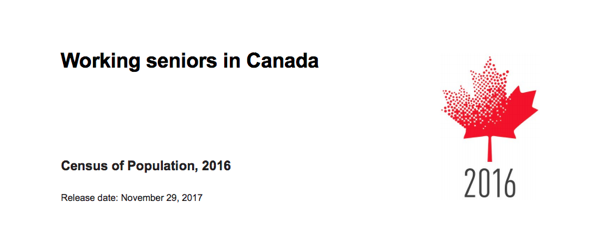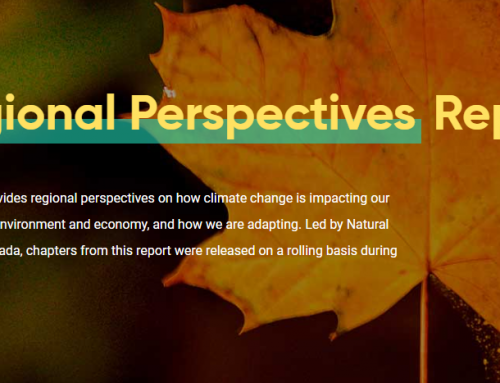Because of lower fertility rates, longer life expectancy and the aging of the baby boom cohort, seniors’ share of the population has increased. On Census Day in 2016, Canadians aged 65 and older represented 16.9% of the population, up from 13.0% in 2001.
Many seniors are actively engaged in unpaid work, like caregiving and volunteering. However, because older Canadians tend to do less paid work, population aging is exerting downward pressure on total labour supply. This has implications for economic growth and the financing of government services to the population.
Part of this downward pressure is offset by increased labour market participation among seniors. In May 2016, the employment rate of Canadians aged 65 and older stood at 13.9%. This rate was 8.4% in 2001.This increase is linked to several factors. Some seniors remain active in the labour market by choice, while others do so out of necessity.
These factors include increased educational attainment, improved life expectancy and changes in seniors’ financial status and obligations. The 2008/2009 recession and global financial crisis, combined with the decline in pension coverage and the shift from defined-benefit to defined-contribution pension plans in the 1990s and 2000s, which had the effect of transferring financial risks from employers to workers, all likely contributed to the increase in seniors’ work activity. This article uses data from the Census of Population to present a detailed profile of working seniors in Canada. The population aged 65 and older at the time of the 2016 Census is classified into three groups based on work activity during the reference year: those who worked full year, full time; those who worked part year or part time; and those who did not work. This is done to help distinguish between seniors who are fully engaged in the labour market and those who may be more marginally attached to it.
Published By: Statistics Canada
Publication Date: November 2017








